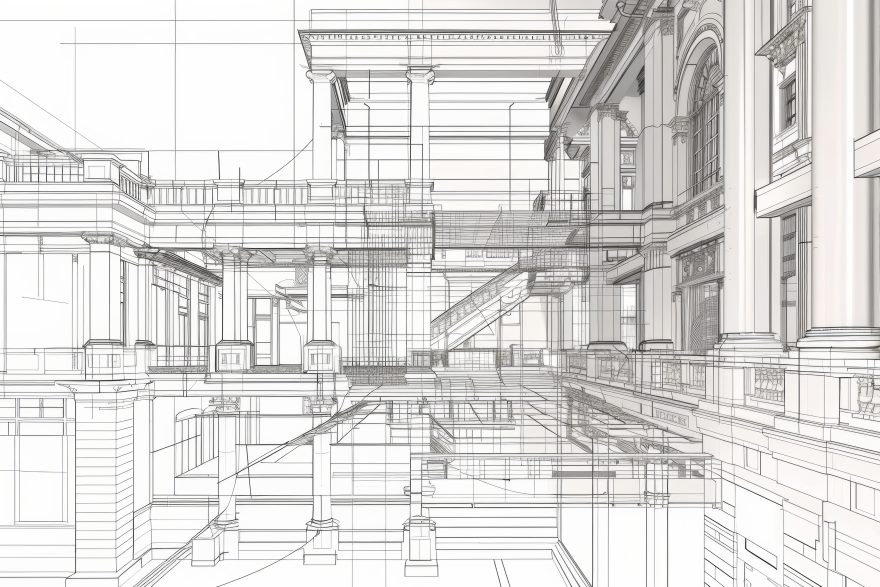
Steel structural drawings are essential blueprints for construction. They guide fabrication, assembly, safety and regulatory compliance. In the UK, they must align with standards such as BS 5950 for structural steel design and EN 1090 which regulates fabrication and assembly of structural steelwork. Knowing how to interpret these drawings quickly can mean the difference between efficient builds and costly setbacks.
Key Symbols and Notations Explained
The language of steel structural drawings consists of well-defined symbols and notations. Examples include:
- Beam and column designators such as UB (Universal Beam), UC (Universal Column) or RSJ, often followed by dimensions and weight (for example UB 254×146×31).
- Weld and bolt symbols which specify connection types, sizes, bolt grades (for example M20 HSFG), spacing and weld leg dimensions.
- Bracing and reinforcement symbols shown by diagonal lines, gusset plates or stiffeners to indicate lateral stability components.
- Abbreviations and tags such as C/C (centre to centre), FFL (floor finish level), NTS (not to scale) and THK (thickness). These are usually detailed in the legend or on the first sheet.
Understanding Dimensions and Sections
Start with the title block. It contains key information such as the drawing number, type (General Arrangement, fabrication, erection), project details, revision history and approval stamps.
Check dimension lines, section marks and scale to understand exactly where each element fits. Use references such as grid systems to locate components accurately across the structure.
Spotting Load-Bearing Elements Quickly
Load-bearing components are often labelled clearly, for example UB or UC sections for beams and columns. Heavier gauge elements are used for critical support. Look for bracing or stiffening features which indicate essential structural roles.
Cross-reference with notes on material grades and execution class (via EN 1090) to confirm that the design meets the required load capacity.
Final Tips for Fast and Accurate Reading
Read the title block first to understand the context and approvals.
- Familiarise yourself with common symbols and abbreviations for quicker interpretation.
- Use the grid system or reference markers to navigate the drawing efficiently.
- Watch for load-bearing tags and bracing symbols as they highlight structural responsibilities.
When in doubt, consult professionals. A chartered structural engineer, such as those at Abott Structural Engineering, can provide clarity and precision when reading complex drawings.
